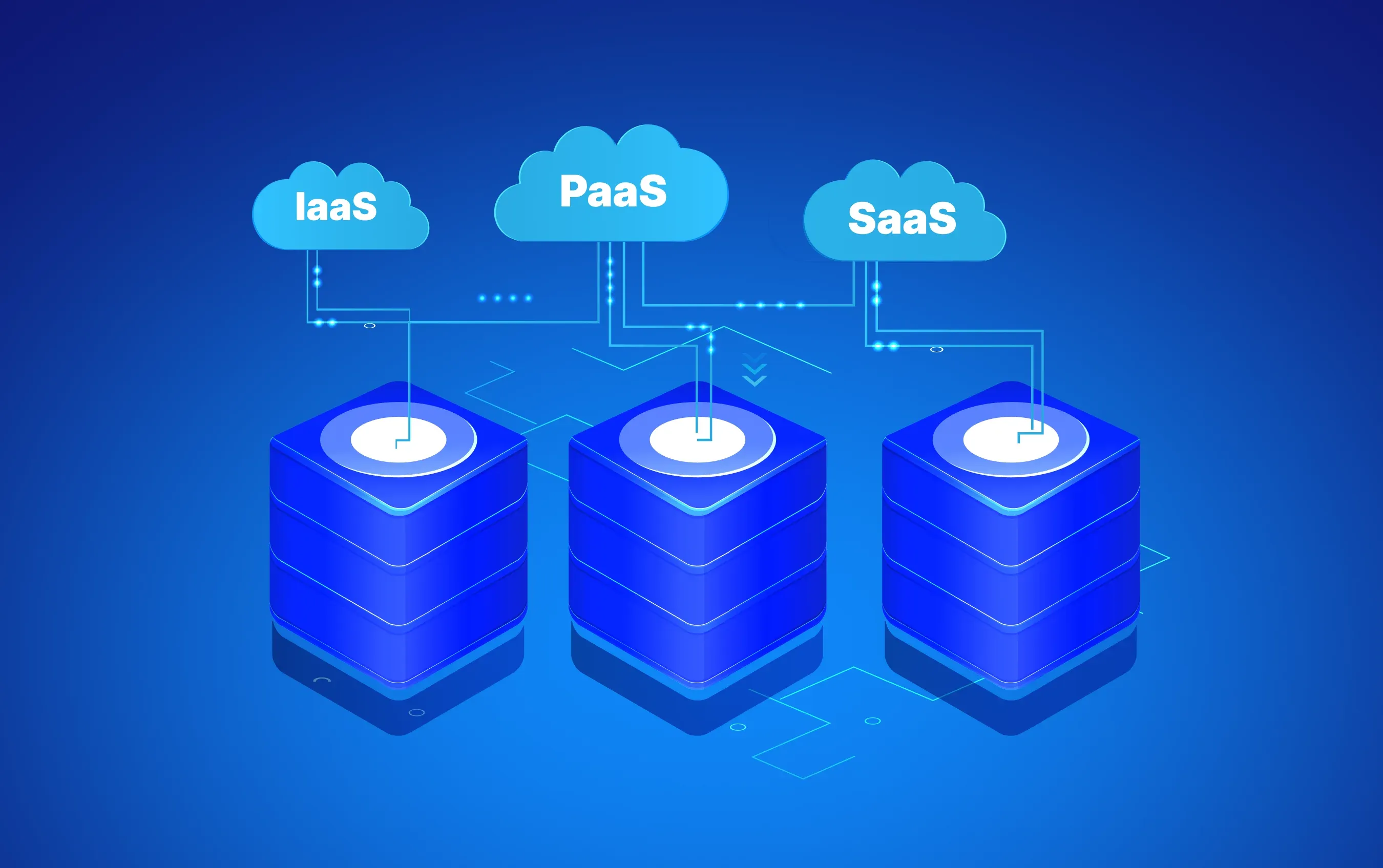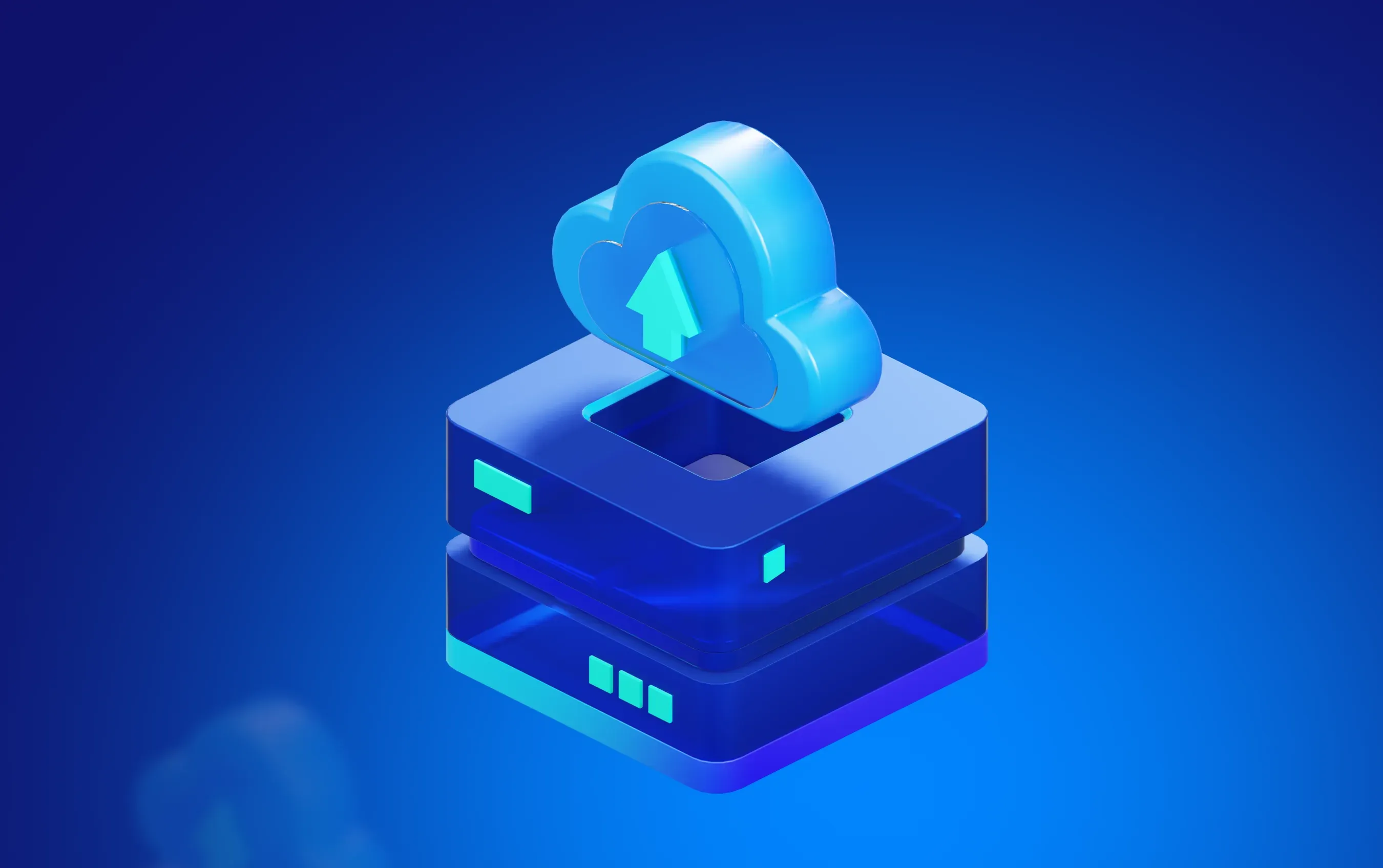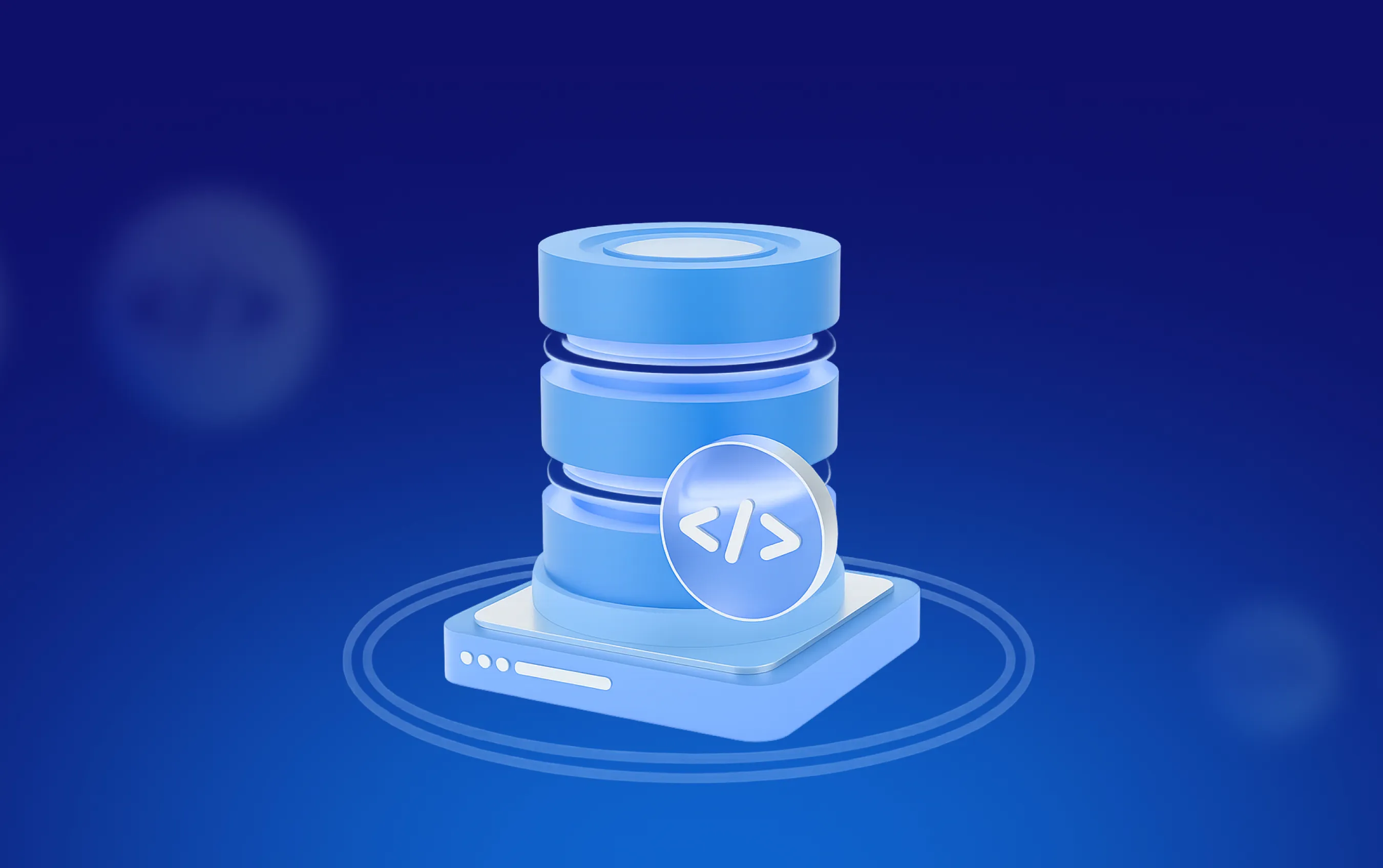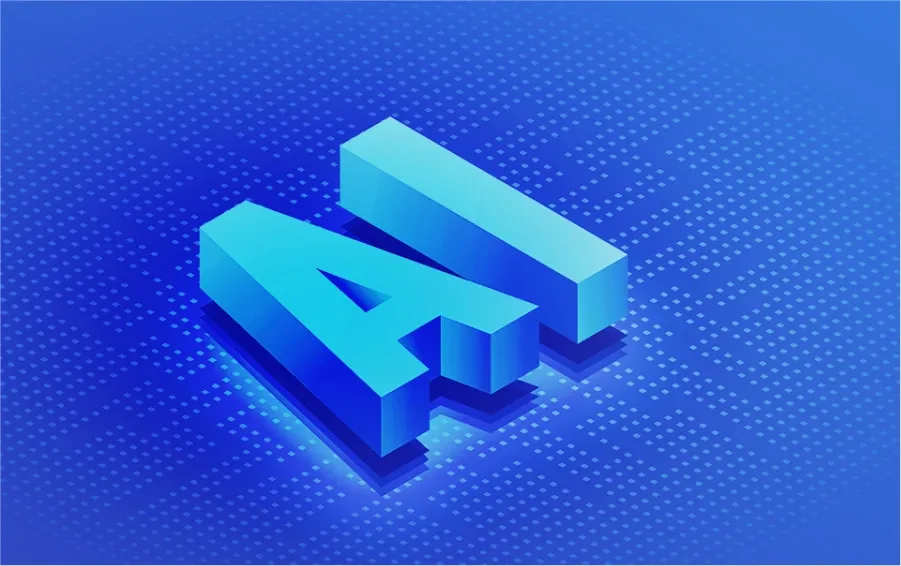Read our insights about the tech industry trends, updates, how-tos, and tips to help you stay ahead in today’s fast-changing world. We cover both deep tech articles and clear, non-technical explanations for business leaders. We break down complex ideas into actionable insights, making technology easier to understand and apply.




































































